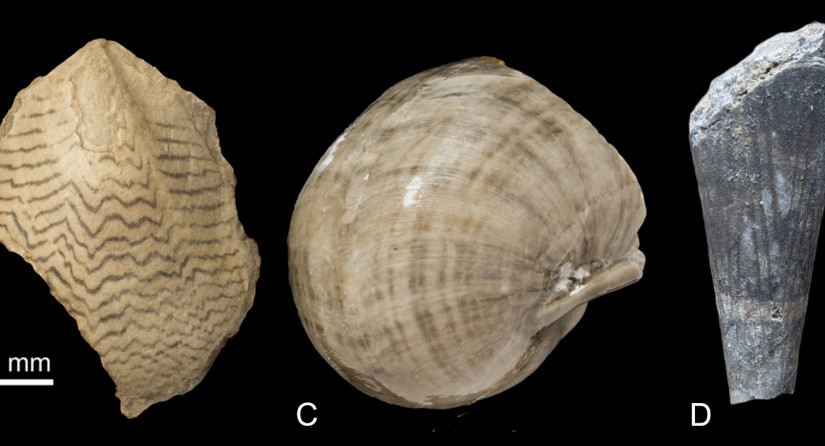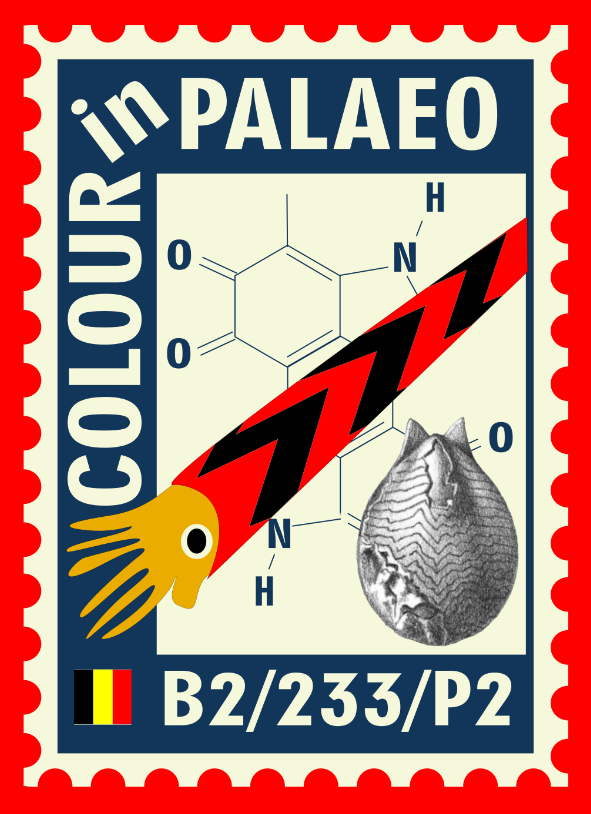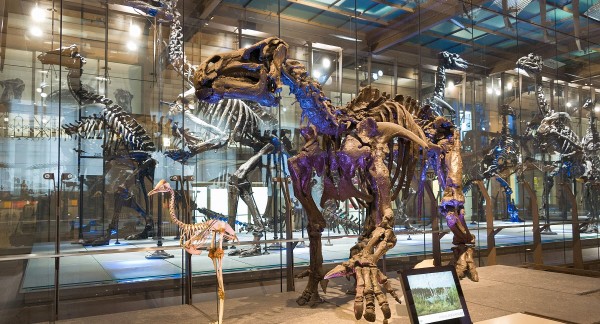COLOURINPALAEO
In progress
01.05.23 → 01.05.27

To colour or not to colour: COLOUR patterns and pigments in INvertebrates from the PALAEOzoic of Belgium
Almost nothing is known about the evolution of shell colour in invertebrates. This is largely due to the ultra-rarity of fossils in which colour patterns and pigments are preserved and immediately visible, and therefore easy to identify, especially when these are hundreds of millions of years old. This hampers our understanding of the role and function of colour in extinct animals, their ecology, mode of life, interactions, development, and evolution. A good example for this ultra-rarity is the Palaeozoic of Belgium, world-renowned for its exquisitely preserved fossils of the Devonian and Carboniferous (420 to 300 myr ago), enabling to document major transitions in ecosystem dynamics and the evolution of life on Earth (e.g. nekton revolution, terrestrialisation, major climate changes, anoxic events, biodiversity crises) but from which only a few cephalopod, bivalve and gastropod mollusc and brachiopod shells were historically documented preserving coloured traces (by L.-G. de Koninck and P. de Ryckholt, mid to late 19th century). However, recently, and during the ongoing digitisation activities of the Type and Figured collections of Royal Belgian Institute of Natural Sciences (RBINS) (DiSSCo-Fed and DIGIT projects), it was discovered that many more specimens preserve these traces, in particular those from Early Carboniferous shallow marine reef environments, hinting that Belgium is a hotspot for the preservation of colour in deep time, allowing to investigate its occurrence in different evolutionary lineages of marine invertebrates exactly during one of the main periods of revolution in geologic history, and thus with a very high potential to become pivotal in the understanding of the role and function(s) of colour in shell producing animals. Due to the development of new data acquisition and analyses techniques, and others becoming more readily available, the last decade has seen a renewed interest in the study of colour preservation in the fossil record. However, most of this renewed interest focusses on dinosaur skin and feathers, insects, or relatively young (Meso-Cenozoic) fossils. Palaeozoic invertebrates largely escaped this renewed interest, and this while every new discovery of such fossils may be crucial in our understanding of early invertebrate evolution. COLOURINPALAEO aims to change this situation. It will be the first project of such kind on a number of different evolutionary lineages of shelly invertebrates that builds on these recent advancements, wherefore it will be able to execute a next level of data mining on colour preservation in the Palaeozoic fossil record, both on the morphology of the patterns as well as on the chemistry of the pigments that are involved.
Funding
Belspo Brain Heritage project B2/233/P2/COLOURINPALAEO

Internal members
- Bernard Mottequin
- Stijn Goolaerts
- Christian Burlet
- Annelise Folie
Other members
- Aurore Mathys
- Judith Nagel-Meyers
- David Stivray
- Didier Merle
- Pierre Gueriau
- Mathieu Thoury





